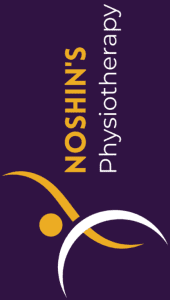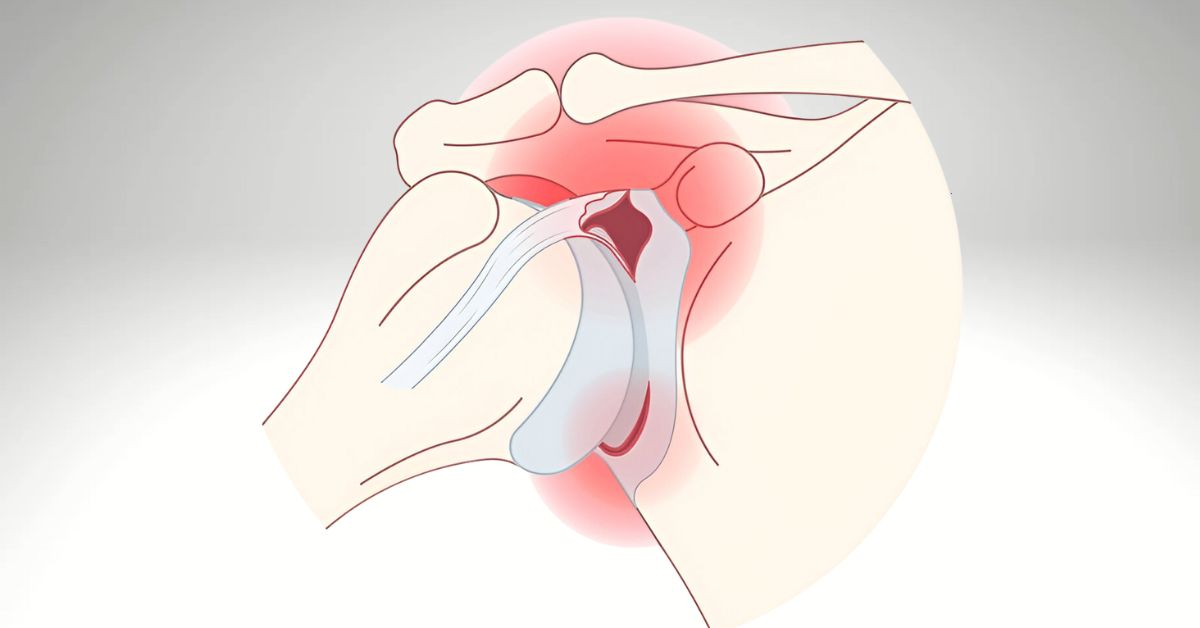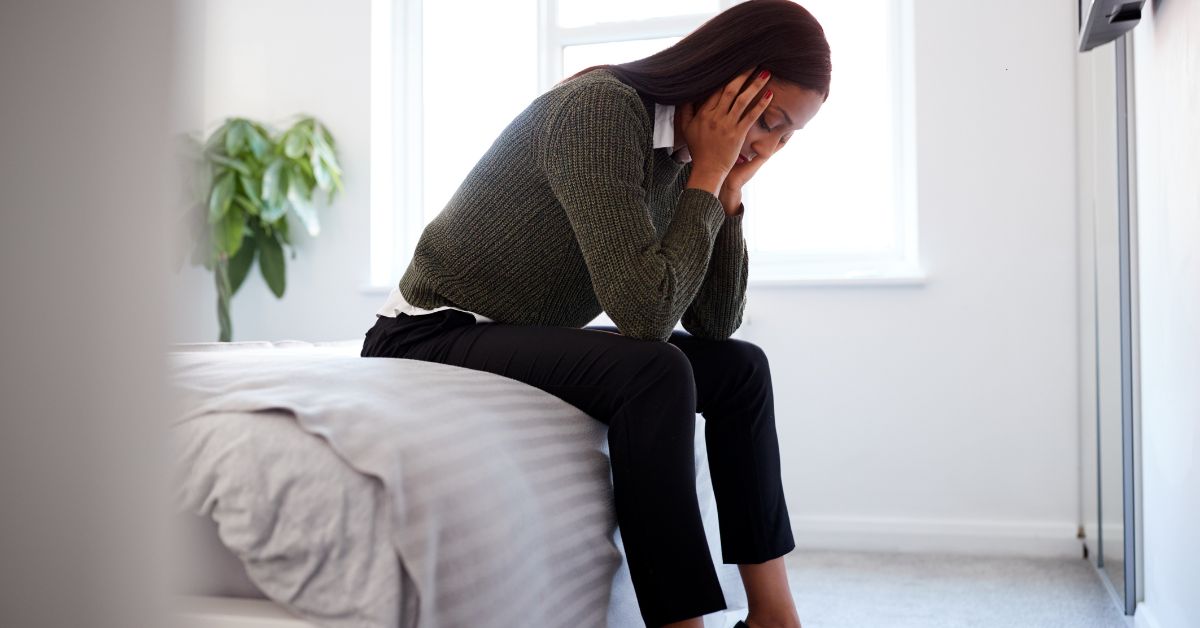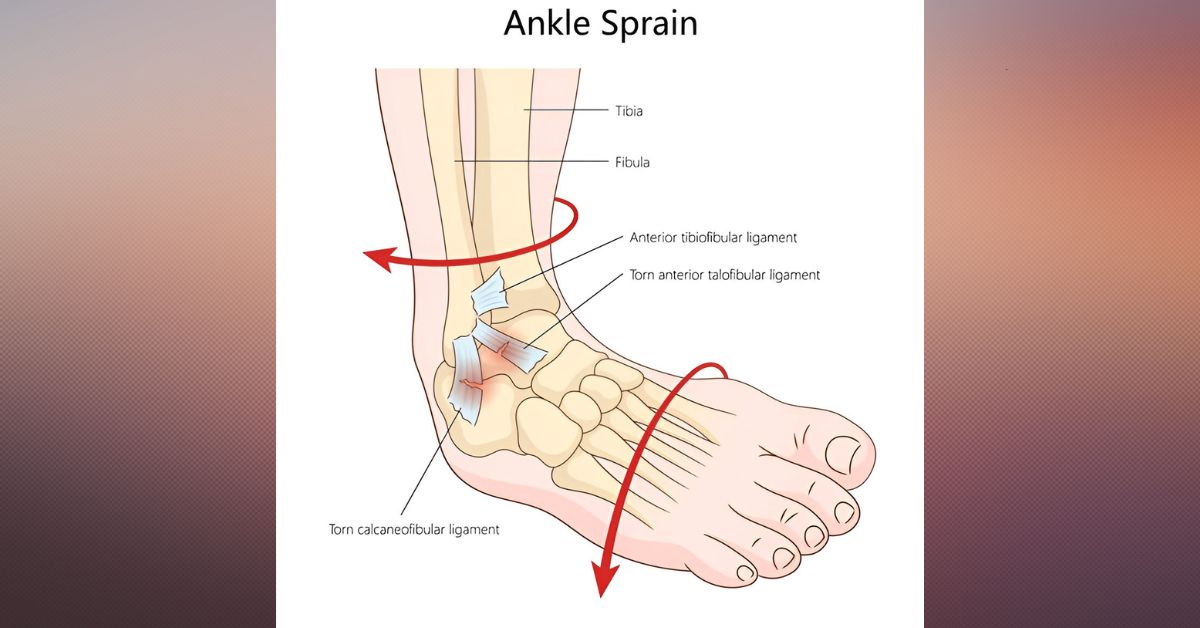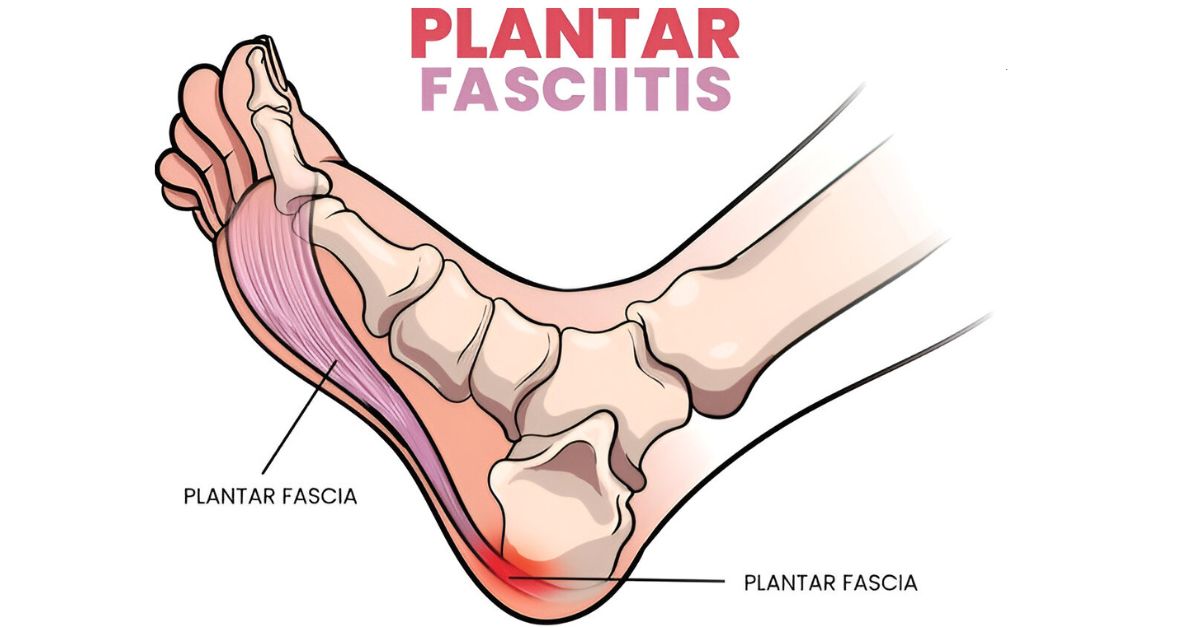Do you feel a sudden, strong need to urinate that’s hard to hold back — and sometimes, you can’t make it to the bathroom in time?
This condition is called urge urinary incontinence (UUI). It’s one of the most frustrating types of bladder leakage and often feels like your bladder has a mind of its own.
But here’s the good news: you’re not alone, and you can regain control without relying on medications or surgery.
What Is Urge Urinary Incontinence?
Urge urinary incontinence is caused by involuntary contractions of the bladder muscle (called the detrusor muscle). This can happen even when the bladder isn’t full. You may feel a sudden, overwhelming need to pee — and often, leakage happens before you reach the toilet.
Common Triggers:
- Running water
- Putting the key in your front door
- Cold weather
- Anxiety or stress
- Drinking caffeine or alcohol
What Causes It?
There’s usually no single cause, but contributing factors can include:
- Nerve dysfunction
- Aging
- Overactive bladder (OAB)
- Pelvic floor muscle weakness
- Bladder irritants (e.g., coffee, acidic foods)
- History of pelvic surgeries or trauma
How Common Is It?
According to high-quality randomized trials, UUI affects more than 20% of women over 40, and the numbers rise with age (Vaughan et al., 2019). It can also affect men, especially after prostate surgery.
Can Physiotherapy Help?
Absolutely! A physiotherapist trained in pelvic health can teach you to calm the bladder and strengthen the muscles that support your bladder and urethra.
A 2018 Cochrane Review found that bladder training and pelvic floor exercises significantly reduced urgency, frequency, and leakage episodes in people with UUI (Wallace et al., 2018).
Another RCT by Burgio et al. (2011) showed that behavioral training (including bladder retraining and urge suppression techniques) was as effective as medication — but without side effects like dry mouth or constipation.
What Does Physiotherapy Involve?
Bladder training: Learning how to gradually delay urination and retrain the bladder
Pelvic floor muscle training (PFMT): Strengthening muscles that support bladder control
Urge suppression techniques: Relaxation and breathing strategies to manage sudden urges
Lifestyle coaching: Managing bladder irritants, fluids, and bathroom habits
When Will You See Results?
With weekly sessions and consistent home practice, many people improve within 6 to 8 weeks.
You Don’t Have to Plan Your Life Around the Bathroom
Many people silently suffer or restrict their fluid intake to avoid leakage. But the truth is: your bladder can be retrained. A pelvic floor physiotherapist can help you take back your confidence — naturally and safely.
Takeaway
Urge urinary incontinence is common but treatable. Physiotherapy offers effective, drug-free strategies to retrain your bladder, reduce leakage, and help you feel in control again.
References
Burgio, K. L., Goode, P. S., Locher, J. L., Umlauf, M. G., Roth, D. L., & Richter, H. E. (2011). Behavioral training with and without biofeedback in the treatment of urge incontinence in older women: A randomized controlled trial. JAMA, 291(9), 1163–1170. https://doi.org/10.1001/jama.291.9.1163
Wallace, S. A., Roe, B., Williams, K., & Palmer, M. (2018). Bladder training for urinary incontinence in adults. Cochrane Database of Systematic Reviews, (1). https://doi.org/10.1002/14651858.CD001308.pub3
Vaughan, C. P., Burgio, K. L., Goode, P. S., Markland, A. D., Redden, D. T., & Johnson, T. M. (2019). Behavioral therapy to improve urinary symptoms and voiding patterns in older adults: A randomized controlled trial. Annals of Internal Medicine, 170(8), 535–541. https://doi.org/10.7326/M18-2395

